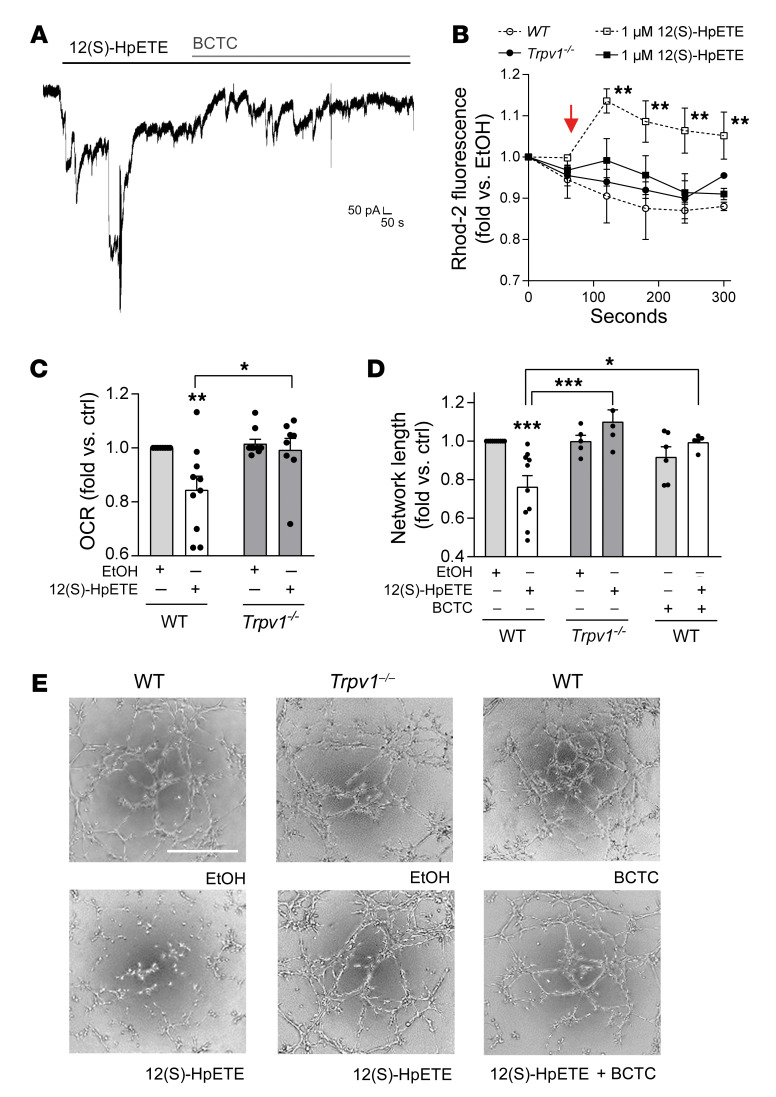Figure 4. 12(S)-HpETE effects on mitochondrial and endothelial function are mediated by TRPV1.
(A) Patch clamp experiments with human endothelial cells show that 700 nM 12(S)-HpETE induces currents comparable to those induced by 10 μM capsaicin and that these currents are antagonized by 10 μM of the TRPV1 antagonist BCTC. (B) Mitochondrial calcium increase induced by 1 μM 12(S)-HpETE added as indicated by the arrow and assessed as increase in fluorescence intensity of Rhod-2–loaded murine endothelial cells isolated from WT (dashed lines) versus Trpv1–/– mice. **P < 0.01 vs. baseline, 2-way ANOVA/Bonferroni, summary of n = 5 independent experiments. (C) Mitochondrial OCR is reduced by 100 nM 12(S)-HpETE in endothelial cells from WT but not Trpv1–/– mice. *P < 0.05, **P < 0.01 vs. EtOH or as indicated, 1-way ANOVA/Bonferroni, n = 5–10 independent experiments. (D and E) Effects of 12(S)-HpETE on endothelial capillary-like tube formation on Matrigel. Effects of 100 nM 12(S)-HpETE are absent in murine endothelial cells isolated from Trpv1–/– mice and endothelial cells isolated from WT mice in the presence of 10 μM of the TRPV1 antagonist BCTC. *P <0.05, ***P < 0.001 vs. EtOH or as indicated, 1-way ANOVA/Bonferroni, n = 5–10 independent experiments. Scale bar: 500 μm. All data are presented as mean ± SEM.

